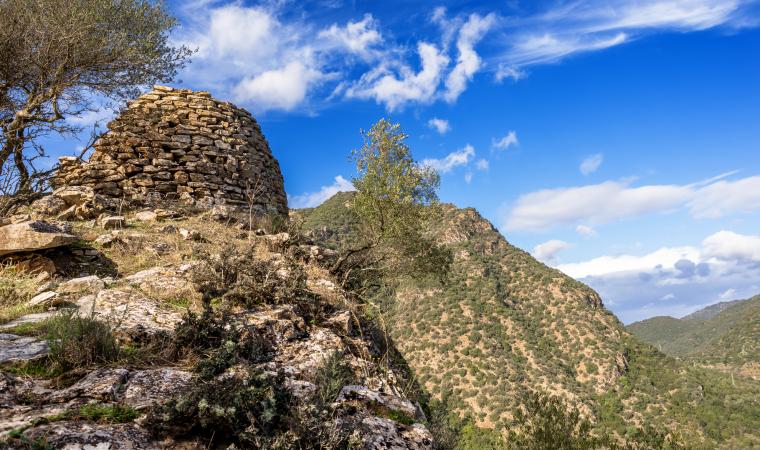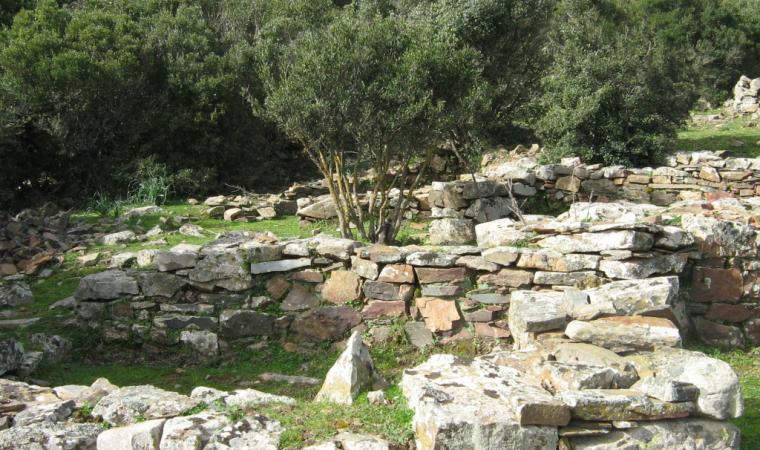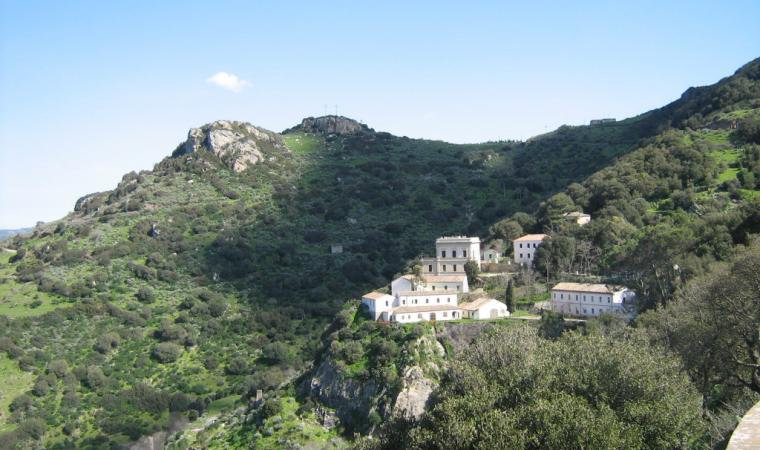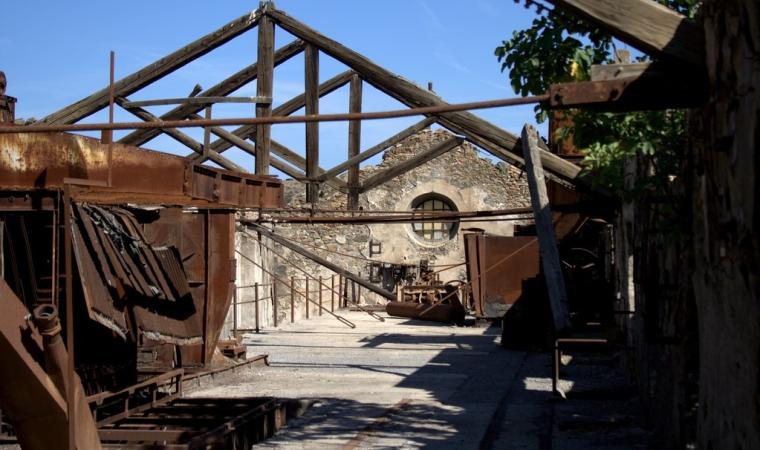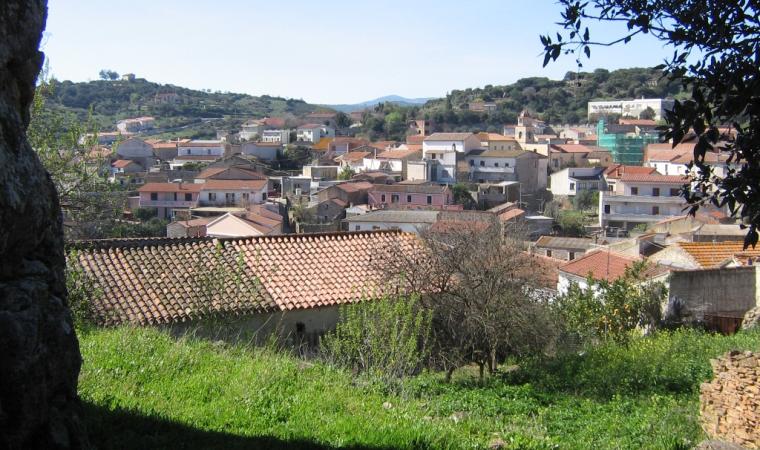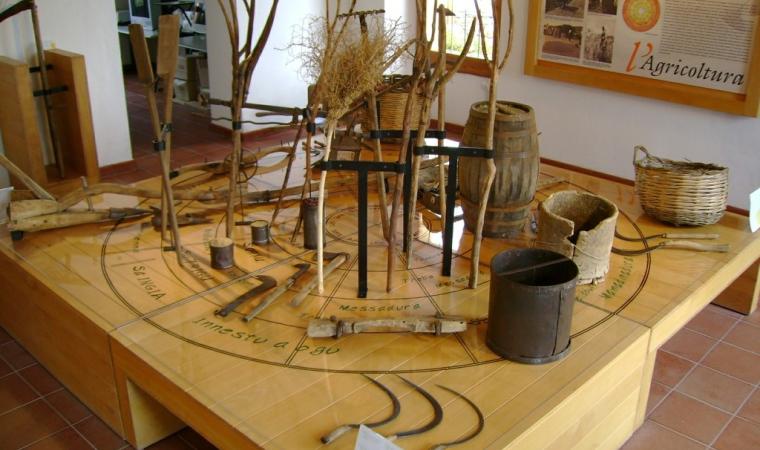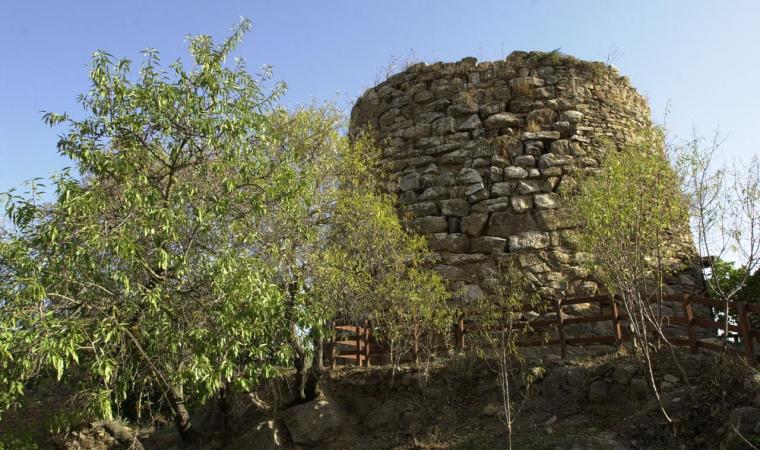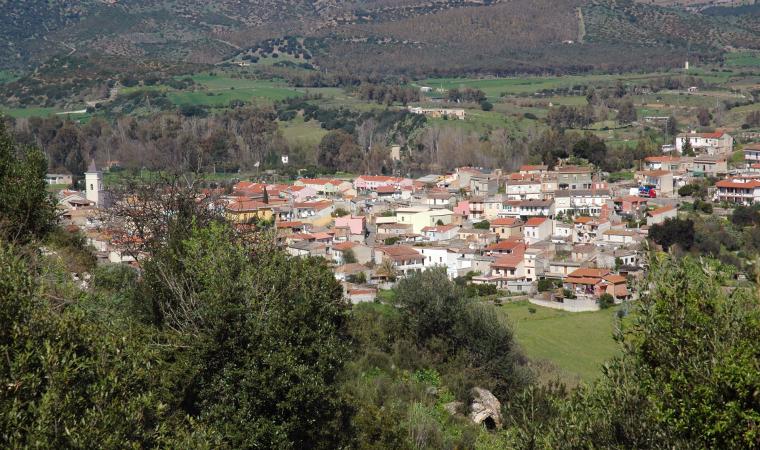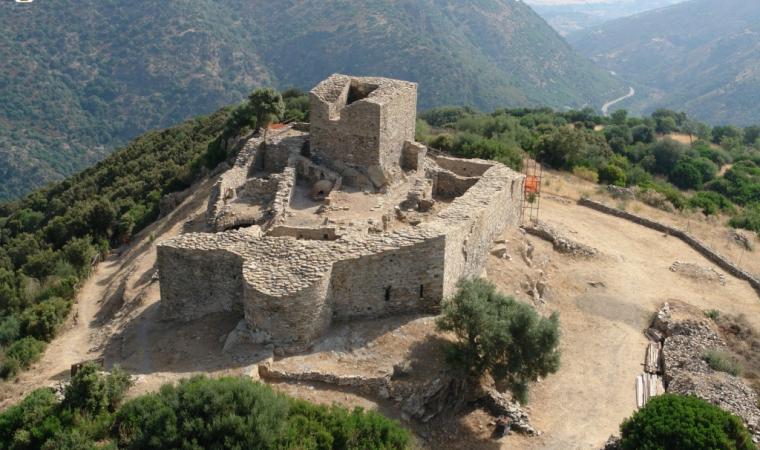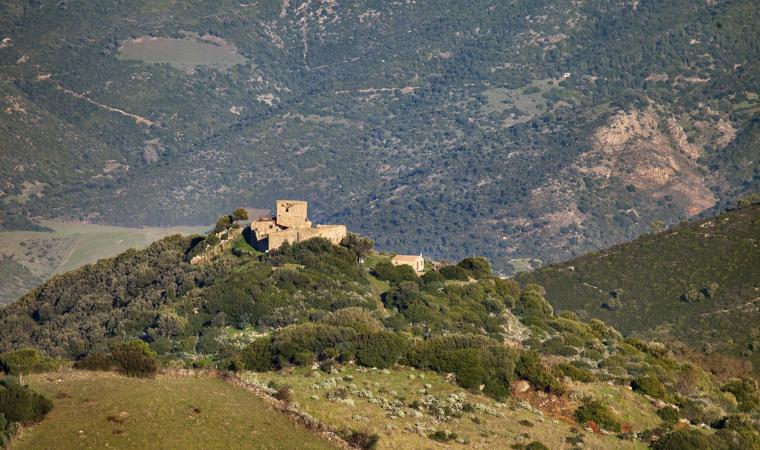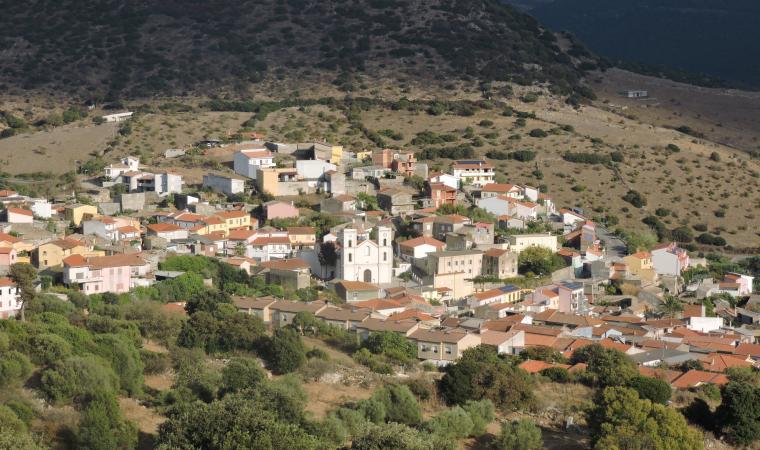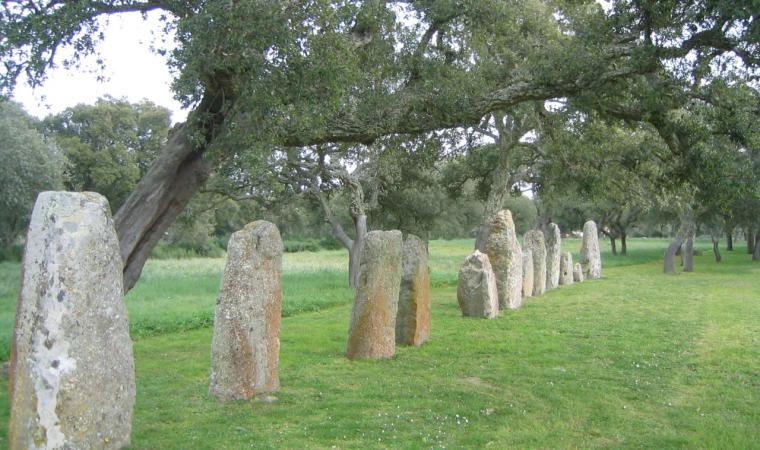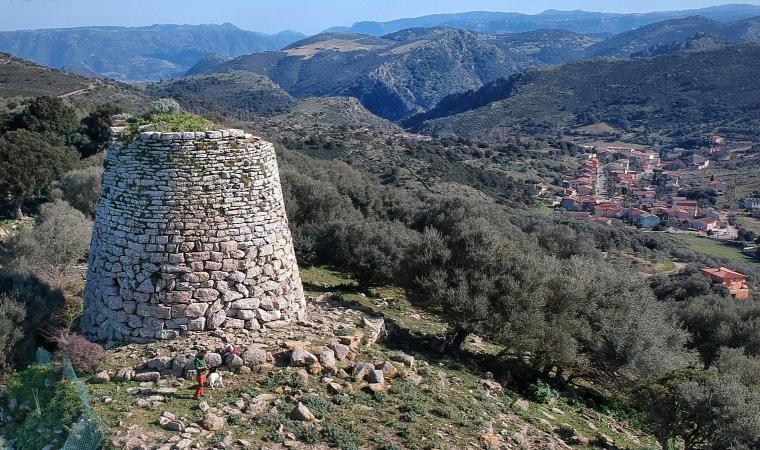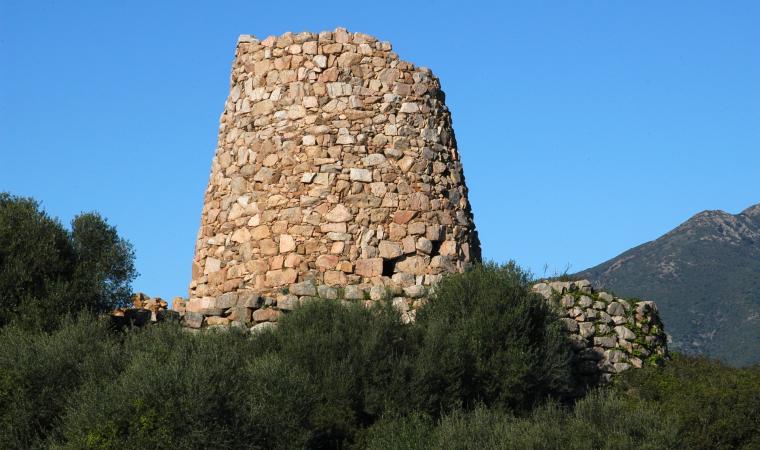Nestled 500 metres high on a plateau that alternates sinuous forms with steep slopes and deep crags, the Gerrei town of Villasalto includes 1,000 inhabitants, having experienced a mining epoch thanks to the Su Suergiu mine, the foundry of which produced 90 percent of the antimony of all Italy, used for war purposes. Extraction and processing activities lasted a century (1880-1987) - also in the minor mines of Sa Lilla and Parredis - which took a downturn in the post-war period. Today, 19th-century buildings, a mining village and a building dating back to the beginning of the 20th century that houses an archaeological-mining museum, are precious ‘pieces’ of the Parco Geominerario Storico e Ambientale della Sardegna. The historic part of the town, whose name derives from saltus (countryside), arose around the 17th-century parish church of San Michele Arcangelo (the parish saint being celebrated at the end of September), which safeguards paintings and 17th-century wooden statues plus an organ from the 18th century. The most recent part was built around the Sanctuary of Santa Barbara, founded by Byzantine monks and rebuilt in the mid-19th century. For the patron saint of miners, the most adored festival takes place at the beginning of June. It is repeated on 10th July together with the Sagra della Capra (food fair dedicated to the goat). Tastings of meats and cheeses can also be enjoyed in spring with the su Sinnadroxiu. In mid-January, bonfires are lit for celebrations dedicated to Sant’Antonio and San Sebastiano. A much-anticipated event is the is Animeddas, the Sardinian version of Halloween.
The territory of Villasalto is one of the wildest and most evocative in the south-east, rich in springs and covered with holm oaks and oaks. To the east, it overlooks the valley of the Flumendosa, from where one can spy a succession of imposing ramparts that fall on the riverbed and frame the woods. Granitic slopes and spiers of Mount Genis, an elevation that separates the Villasalto plateau from the Sarrabus and a fauna oasis inhabited by mouflons, are covered by a centuries-old holm oak wood. From the summit, the panorama embraces the northern Tacchi d’Ogliastra and Gennargentu, to the south the Sette Fratelli park. Amidst the Mediterranean scrub, there are bizarre rocks carved by time, as if an eagle were perched on top. To the west, the plateau is bordered by Mount Arrubiu and its forest, populated by a colony of deer. Here, the remains of a village and the Roman necropolis of Cea have emerged, a mysterious settlement perhaps linked to the argentiferous veins in the area. Other itineraries to be explored include those of the valleys of the Rio s’Acqua Callenti and on the promontories of Monte Lora. Nearby, sa Grutta ‘e Scusi open up, a hollow that is famous for cave formations and the presence of ‘geotritone’ (cave salamander), a Sardinian endemic reptile. On the Genis, at 700 metres above sea level, there is a large Nuragic complex, sa Dom’e sa nì (‘house in the snow’), consisting of tower, walls and circles (huts or places of worship), used in modern times to preserve ice. From below the eastern ridge of the mountain, the Nuragic village Arcu ‘e sa Tuppa arises. There are other Nuragic structures, the Pala Perdixi complex and the Tomb of Giants of Aligamu.


